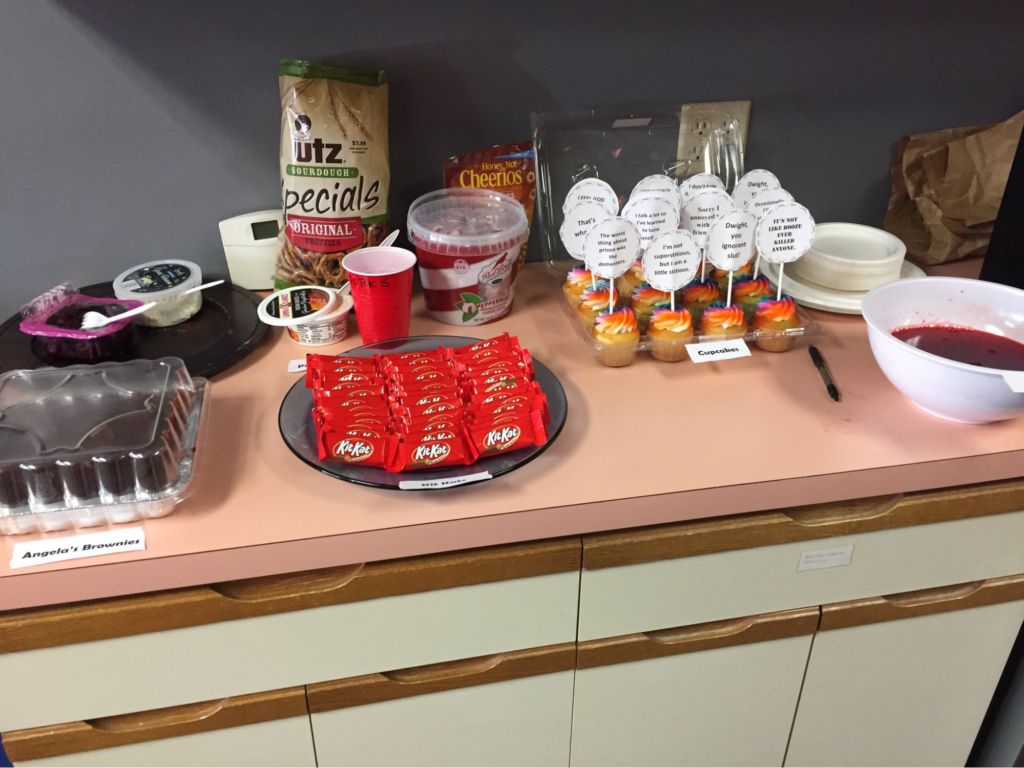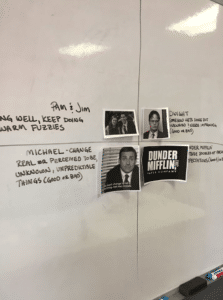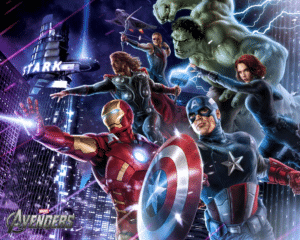As important as sprint retrospectives are, there’s also the chance that repetition breeds familiarity. It becomes a chore rather than an opportunity for continuous improvement. Having fun, fresh ideas for your scrum team whether they are distributed or in the same room can shift mindsets and bring back energy. As part of our job to try out different techniques and games from time-to-time, we found 3 simple ways that can revitalize your sprint retrospectives.
Fun retro tip 1: Get Out of the Building
Your team spends their entire day cooped up in the office or huddled behind their desk. Why not mix things up by taking your retrospective meetings beyond the office walls? A new environment can help your team get a new perspective on the project. A digital online retrospective tool means you are not bound by sticky notes or walls (literally and metaphorically).
Grab your devices (Or pen and paper if you choose to go old school). Head outside and enjoy the fresh air in a park, a change of scenery at a quiet cafe or a more informal one at the pub. A really great idea might be to run the retrospective in the environment where the client works and performs their job. This creates empathy and a deep understanding of what your end user is really experiencing.
What do we do.
 Our team is distributed. So we ask each team member to pick their favorite cafe and run a Zoom Meeting. For those of us in the same location, we chose to have it in an open air cafe called Lyric Lane. After sharing what our beverage of choice, we created a time box for people to brainstorm directly into TeamRetro. To avoid the talking over each other and to ensure that everyone in the team was included, we did a round robin through the ideas and grouped them as needed. The change of scene was refreshing and a good opportunity to carry on working in a different space for a while after our meeting.
Our team is distributed. So we ask each team member to pick their favorite cafe and run a Zoom Meeting. For those of us in the same location, we chose to have it in an open air cafe called Lyric Lane. After sharing what our beverage of choice, we created a time box for people to brainstorm directly into TeamRetro. To avoid the talking over each other and to ensure that everyone in the team was included, we did a round robin through the ideas and grouped them as needed. The change of scene was refreshing and a good opportunity to carry on working in a different space for a while after our meeting.
Fun retro tip 2: Run a Just-In-Time Retrospective

A regular cadence is important but when something “interesting” has happened mid sprint, there’s nothing dictating you to wait to the end of the sprint cycle. a Just In Time (JIT) retro bring everyone together to discuss he current hot issue. Moving quickly and in a timely manner helps to avoid sagas, mountains out of mould hills or other blockers that destroy team productivity.
Anything from a sudden departure, a change in technology or emerging product issue could be the trigger. In that sense, Agile has similarities to the Just In Time approach used in manufacturing. Rather than a “just in case” approach to running your retro, having your team come together not just because of a planned time but to address a specific set of issues or opportunities which means maximum engagement.
This is from Scrum Kanban Guide (about retrospective)
The Scrum Guide dictates that the Sprint Retrospective take place after the Sprint Review and before the next Sprint Planning. This does not change when using Kanban. However, flow-based retrospective opportunities need not coincide within the boundaries of a Sprint. They can occur “just in time”. Correspondingly, changes to a team’s definition of “Workflow” may happen at any time, however, as these changes will have a material impact on how the Scrum Team performs, changes made during the regular cadence provided by the Sprint Retrospective event will reduce complexity and improve transparency.
In short, strike while the iron is hot!
What do we do.
Apart from our usual cadence of sprint based retrospectives, everyone within the team looks for “retrospective opportunities” – any activities to inspect the flow as defined by the Team.
Examples include on-boarding a new team member to help them understand our retrospective process, to recognising a new stakeholder that impacts on our development through to unexplained shifts in behaviour or morale.
We kick off with a team health check or radar that gives us insight into what might be the key areas of concern to focus our discussion on. We tend to use the Mad, Sad, Glad retrospective to air out issues and look at the circle and soups model to help manage expectations.
Fun retro tip 3: Be inspired by a favourite movie or TV show
Use a set of characters, places, symbols or concepts from popular culture to enliven the inner geek in us all. It’s a way to relate concepts and characters, spark interest while still addressing the main points at hand. If you want to go the extra mile, theme your retrospective. It will bring a few smiles, witty banter and renewed energy. Here’s one we found based on the TV show The Office. Courtesy of Gretchen Knode Scrum Master / Agile Coach at Agile Initiatives.


The idea here is that the engagement comes across attaching meaning to characters and using that as a way to guide thinking based on what relates to them. Piggy back this with a clip or or lead up is also a great hook.
What do we do?
We recently had a team film night and watched Avengers End Game. Inspired, we decided to create an Avengers-themed retrospective using the top 6 characters (yes- even Hawkeye was included!!)

Creating Icons from Icons8, we went about representing different aspects of our online retro. Here’s what we came up with.
- Captain America: What do we want to protect?
- Iron Man: What experiments should we try?
- Hulk: What do we want to change?
- Black Widow: How can we improve our team?
- Thor: What are our biggest strengths?
- Hawkeye: What support do we need?

What made this process fun was the sense of empathy and highlights the role each person plays. They each bring their own perspectives and “super powers” for collaboration and teamwork. It was a great way to have open and honest discussions as well as creating our top 3 action items.
Do you have any ideas you think we should share around making team retrospectives fun, engaging and fresh? Write to us at info@teamretro.com.
Ready to run your own fun retro? Try out TeamRetro now!
